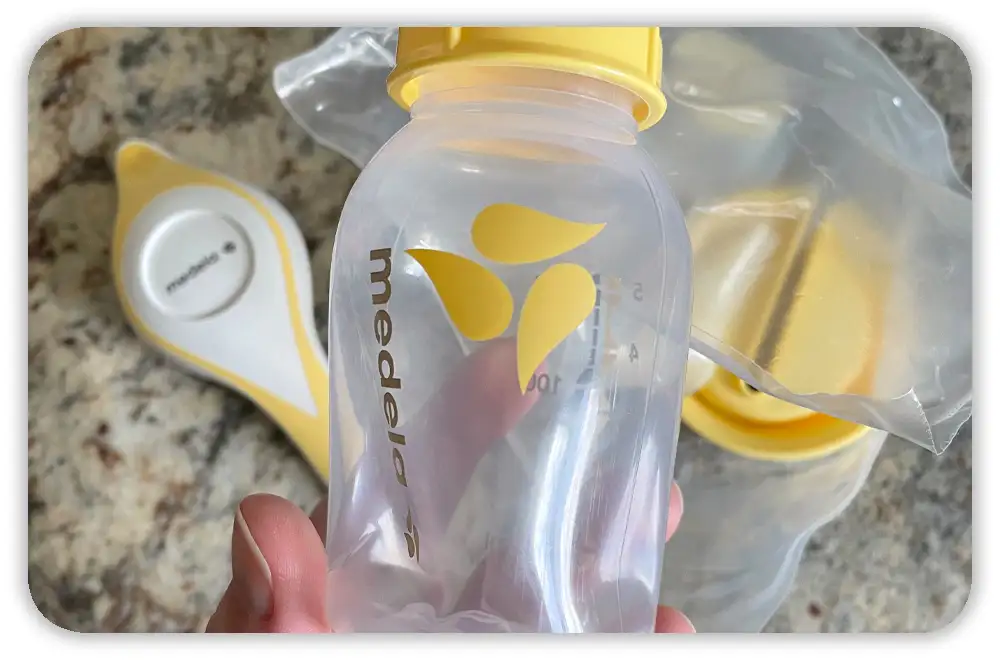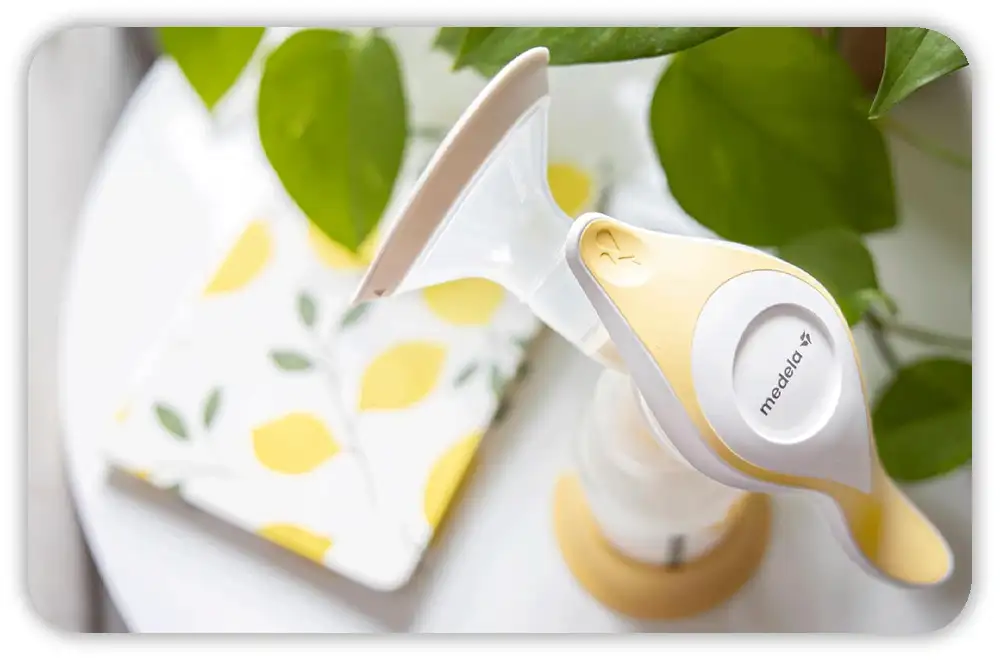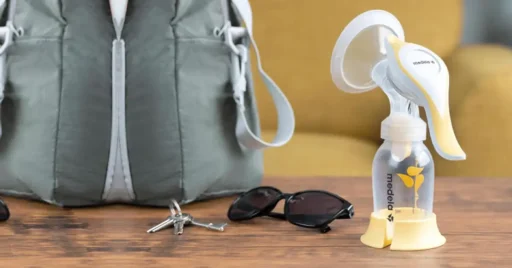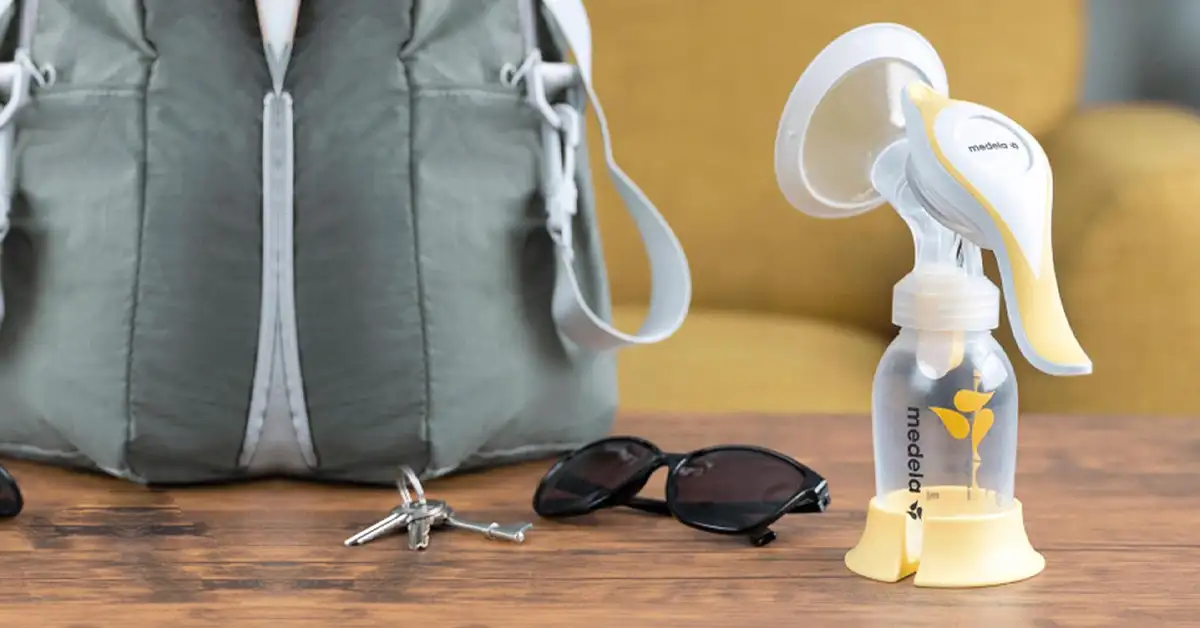When your Medela hand pump is not working, it can feel frustrating—especially if you’re relying on it during a busy day. The good news? Most issues come down to small, fixable parts like the O-ring or membrane. I’ve been through the same stress of losing suction right before heading out, and I learned that even tiny fixes can bring the pump back to life. After years of helping parents troubleshoot pumps and maintaining my own, I’ll walk you through clear steps to get yours working again. Let’s dive in so you can restore suction and pump with confidence.
Common Reasons Your Medela Hand Pump Stops Working
The number one reason a Medela hand pump fails is loss of suction. A breast pump is basically a vacuum system. If even one part doesn’t seal right, the whole thing feels broken.
Here are the most common culprits I’ve seen:
- O-ring missing or loose – This tiny rubber ring creates the seal in the handle. Without it, suction disappears.
- Worn-out membrane – If the white silicone flap is stretched, cracked, or stiff, it can’t flex to pull milk.
- Diaphragm not seated right – Even a small tilt or gap lets air escape.
- Wrong breast shield size – If the flange is too big or too small, suction feels weak and pumping hurts.
- Loose or cracked parts – Tiny cracks in the connector or valve can break the vacuum.
Quick Troubleshooting: Fixing a Medela Hand Pump in 5 Minutes

If your Medela hand pump is not working, start here. This quick check often solves the problem fast:
- Check the O-ring. Make sure it’s in place and not stretched.
- Inspect the membrane and valve. Swap it out if you see tears or stiffness.
- Reseat the diaphragm. Press it flat and make sure it seals all the way around.
- Tighten every connection. Even a loose turn can let in air.
- Make sure parts are dry. A damp membrane sticks instead of flexing.
Here’s a quick cheat sheet:
| Symptom | Likely Cause | Quick Fix |
| No suction at all | Missing O-ring | Replace or reseat O-ring |
| Weak suction | Worn membrane | Swap in a new membrane |
| Squeaky handle | Diaphragm misaligned | Reseat diaphragm |
| Suction cuts in/out | Loose connections | Tighten parts one by one |
| Stiff, no movement | Damp or sticky parts | Air dry before reassembling |
Deep Dive: Diagnosing Each Pump Part
Sometimes the quick fixes aren’t enough. Here’s how to spot deeper issues by looking at each part of your hand pump:
Handle Assembly (O-ring + diaphragm)
The handle is where the vacuum starts. If the O-ring is missing or loose, there’s no seal. The diaphragm should sit flat. If it’s bent or not seated right, suction leaks out.
(I once spent 20 minutes reassembling my Harmony only to find I had put the diaphragm in crooked. Straightened it—and suction came right back.)
Valve + Membrane
Think of the valve and membrane as the heart of the pump. The valve lets milk flow down, while the membrane opens and closes with each squeeze. Any tear, stiffening, or gap here kills suction. Swapping in a new membrane every few weeks keeps things running smooth.
Connector & Breast Shield
These connect the pump to your body. If there’s a hairline crack in the connector, you might not even see it at first—but you’ll feel it in lost suction. The breast shield size also matters. If it’s the wrong fit, it can feel like the pump isn’t working, even if the parts are fine.
The Role of Flange Fit: It’s Not Always the Pump
Sometimes the pump itself isn’t broken—it’s the breast shield fit. If the flange isn’t the right size, suction feels weak, and pumping can be painful.

Here’s what I learned the hard way: a flange that’s too small pinches, while one that’s too big pulls in too much areola and loses suction. Both make it seem like the pump is failing.
How to measure:
- Use a soft tape measure or ruler.
- Measure the diameter of your nipple (not the areola).
- Match it to Medela’s size chart and pick the closest fit, usually with a few millimeters of wiggle room.
Visual cues of poor fit:
- Too small: Nipple rubs against the tunnel, causing pain or redness.
- Too big: A large part of the areola gets sucked in, and suction feels weak.
Maintenance: Keeping Your Medela Pump Reliable
A hand pump will last longer if you give it some routine care. Most suction issues I see come from parts not being cleaned or dried right.
Daily care:
- Rinse parts in warm, soapy water.
- Air dry completely before reassembly.
Weekly deep clean:
- Boil small parts like membranes for 5 minutes.
- Or use Medela’s steam bags (easy and quick).
Why dryness matters:
Moisture makes silicone parts sticky. A damp membrane won’t flex and suction drops fast.
Replacement schedule (average):
- Membranes: every 2–4 weeks.
- Valves: every 1–3 months.
- O-rings: every few months or when stretched.
Tip from my own routine: I set a calendar reminder in my phone. It’s easier than waiting until the pump fails mid-session.
Replacement Parts: OEM vs. Compatible

At some point, you’ll need to replace parts. The big question: official Medela or third-party?
Official Medela parts:
- Reliable fit and function.
- Covered by Medela’s warranty.
- Easy to find at Amazon, Target, or the Medela site.
Third-party parts (like Maymom, Nenesupply):
- Usually cheaper.
- Sometimes offer more size options.
- Quality can vary, but many parents use them without issues.
When to replace the pump itself:
If you’ve swapped parts, checked the fit, and it still doesn’t work—or if the plastic shows big cracks—it might be time to buy a new hand pump. They’re not too expensive, and a fresh one can save stress.
When to Get Extra Help
Sometimes you’ve tried every fix and the pump still won’t cooperate. That’s when it’s time to reach out.
- Call Medela customer service: They can walk you through troubleshooting and may send replacement parts if it’s under warranty.
- See a lactation consultant: If the pump works but your milk output is low, the issue may be supply, latch history, or pumping technique—not the pump.
I remember thinking my Harmony was broken, only to learn from a consultant that my flange size was the real problem. A 10-minute adjustment solved what weeks of stress hadn’t.
Final Thoughts: Restoring Confidence in Your Medela Hand Pump
The good news is most hand pump issues are small and fixable. A missing O-ring, a stretched membrane, or the wrong flange size is often the real cause.
By keeping up with cleaning, checking fit, and replacing worn parts, you’ll avoid most breakdowns. And if all else fails, support is just a call or appointment away.
FAQs: Medela hand pump not working
A Medela hand pump may stop working if the valve or membrane is worn out, not fitted right, or if there’s an air leak. Checking these parts often fixes the issue.
Suction loss usually comes from a damaged valve, torn membrane, or loose parts. Replacing worn pieces or reassembling the pump often restores suction.
If pumping feels tough, check for blockages, clean the pump, and ensure the diaphragm is flexible. A stiff pump may need replacement parts to work smoothly.
Yes, Medela sells replacement valves, membranes, and shields. Swapping old parts with new ones often restores suction and helps your pump last longer.







